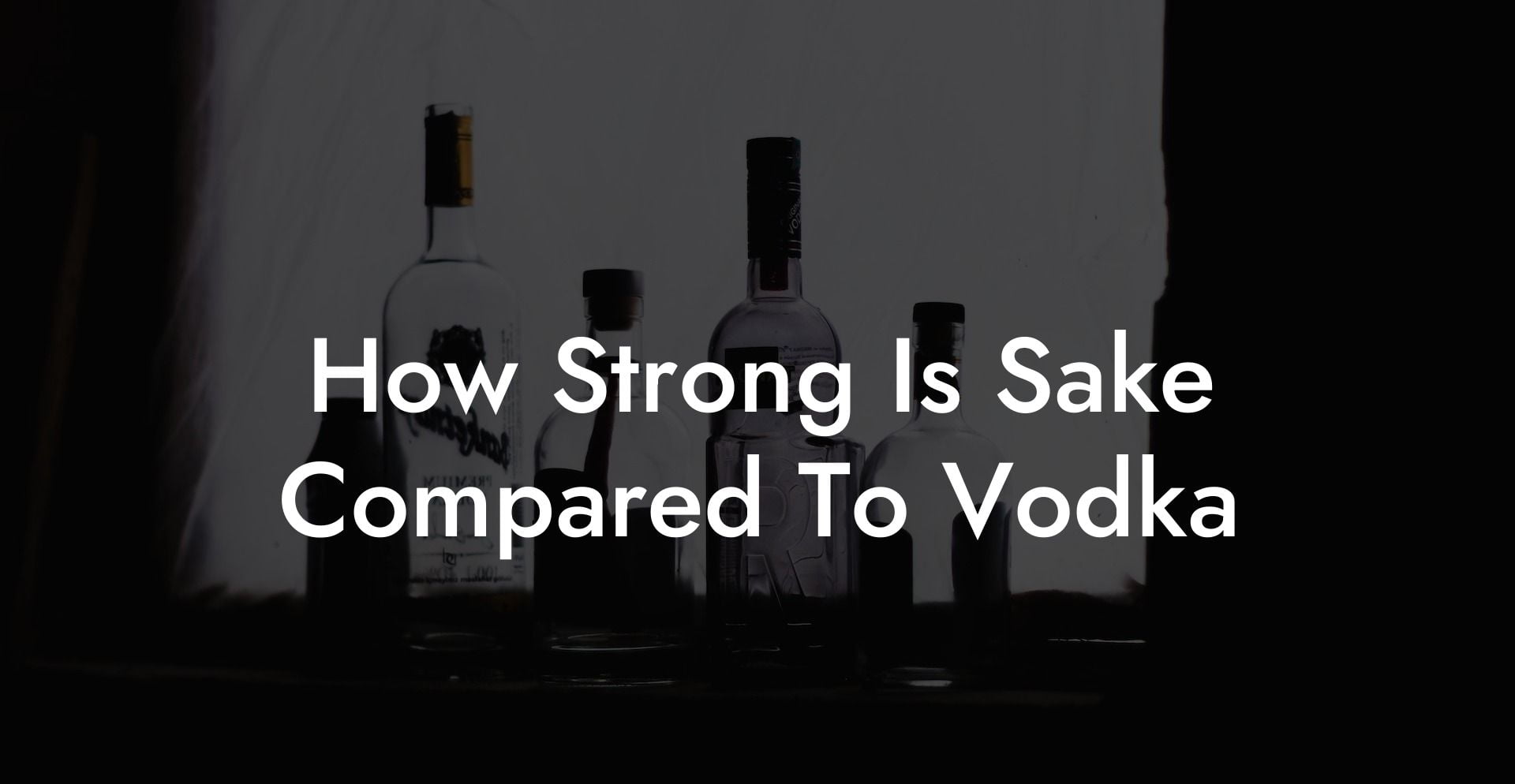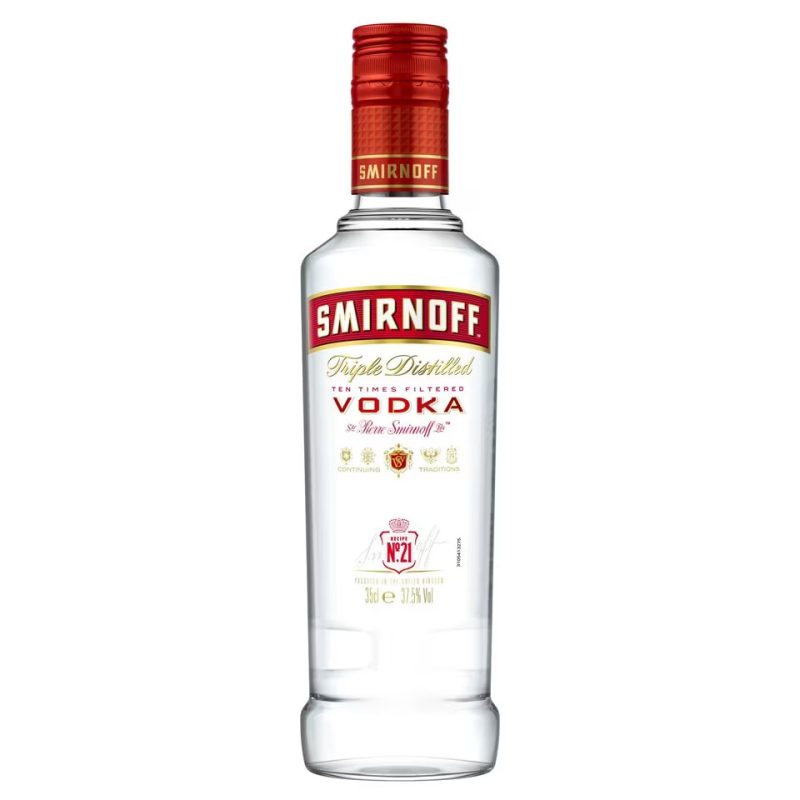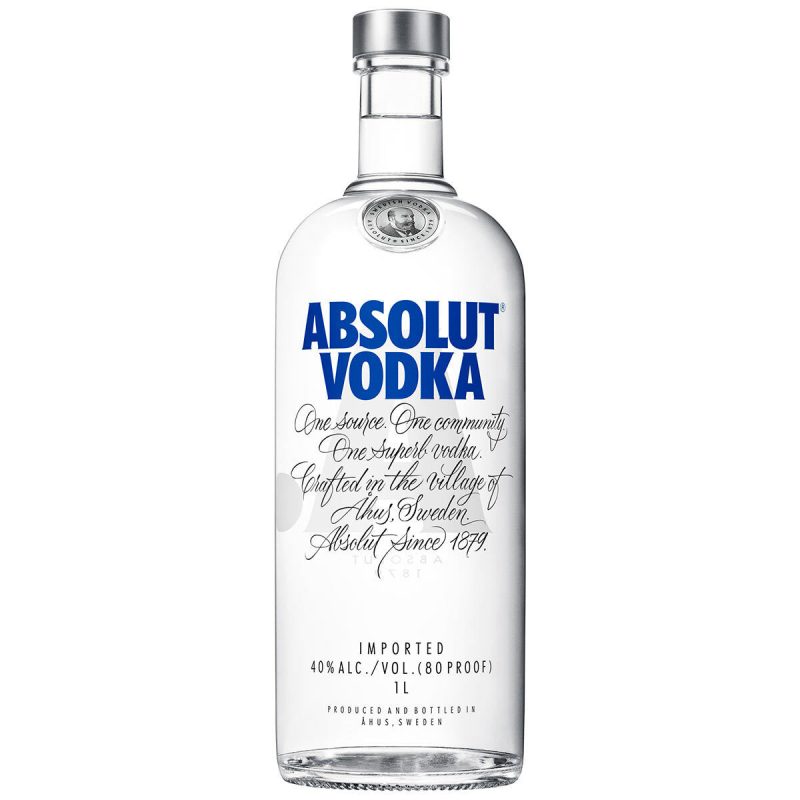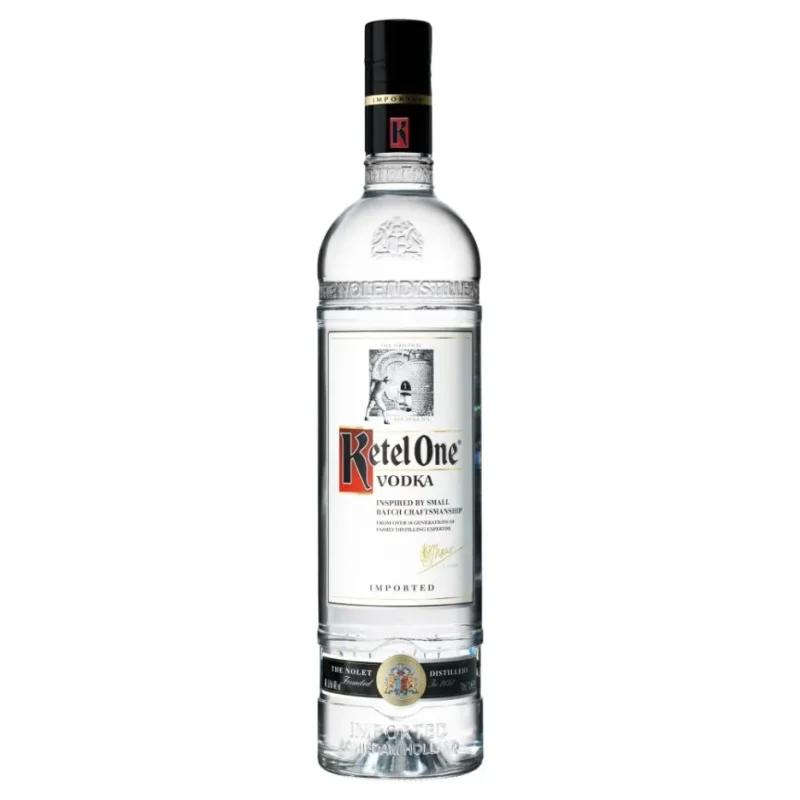Welcome to Vodka Doctors, your go-to source for all things related to vodka, including our comprehensive guides to vodka brands, cocktails, and everything in between. Today, we're diving into a fascinating comparison between two popular alcoholic beverages – sake and vodka. How strong is sake compared to vodka, and what are the differences between these alluring spirits? Read on to discover the answer to this question and to expand your knowledge on these two captivating beverages.
Best Budget Vodkas Ranked
How Strong Is Sake Compared To Vodka Table of Contents
Comparing the Alcohol Content of Sake and Vodka
Looking For The Best Vodka? You'll Love These Vodka Guides...
Understanding Sake and Vodka
What is Sake?
Sake, sometimes referred to as Japanese rice wine, is an alcoholic beverage made from fermented rice. While many people think of it as a wine due to its origins in rice, sake is brewed through a unique process more akin to beer production. Despite this, sake is typically clear and has a slightly sweet flavor profile, similar to some wines.
What is Vodka?
Vodka, on the other hand, is a clear distilled alcoholic beverage originating from Eastern Europe. Traditionally made from grains or potatoes, it's known for its neutral taste and smooth texture. Vodka is often consumed straight or as the base ingredient in a wide variety of popular cocktails.
Comparing the Alcohol Content of Sake and Vodka
The significant difference between sake and vodka lies in their alcohol content or ABV (alcohol by volume).
Alcohol Content in Sake
Sake typically has an alcohol content ranging from 15% to 20%. The strength of sake can vary depending on the type and quality, with some higher-end sakes having a slightly lower ABV.
Alcohol Content in Vodka
Vodka usually has a much higher alcohol content, typically around 40% ABV. Some stronger vodkas can reach up to 60% or even higher. This higher alcohol content gives vodka its characteristic clean and smooth taste.
In summary, vodka is generally much stronger than sake in terms of alcohol content, with vodka having around double the ABV of sake.
Drinking Sake vs. Vodka
Different cultural practices and traditions surround the consumption of both sake and vodka.
Drinking Sake
- Sake is traditionally served warm or cold, depending on the type and preference of the drinker.
- It is usually consumed in small cups called ochoko or sakazuki.
- Sake is often enjoyed slowly and sipped, allowing the drinker to appreciate the subtle flavors and nuances.
Drinking Vodka
- Vodka can be consumed chilled or at room temperature.
- It is commonly drunk in small shot glasses or used as a base for cocktails.
- In some Eastern European countries, vodka is consumed quickly in shots as part of a social gathering or toast.
How Strong Is Sake Compared To Vodka Example:
Imagine you're at a party with a selection of various alcoholic beverages, including sake and vodka. If you're looking to consume a drink with a lower alcohol content, you'll want to choose the sake. Typically, a 4-ounce pour of sake would provide 15%-20% ABV, whereas an equivalent pour of vodka would be around 40% ABV. Sipping on the sake and enjoying its delicate flavors will also help keep your alcohol intake at a reasonable level, compared to shooting vodka or mixing it into a potent cocktail.
Frequently Asked Questions
What is sake?
Sake, also known as nihonshu, is a traditional Japanese alcoholic beverage made from fermented rice. It has a unique brewing process similar to beer, but is generally categorized among wines due to its alcohol content and consumption style.
How is sake made?
Sake is made through a brewing process that involves polishing rice to remove the outer bran, fermenting it with water, koji mold, and yeast. This process can take several months and significantly influences the flavor and quality of the sake.
What is vodka?
Vodka is a clear distilled alcoholic beverage with origins in Russia and Poland. It is typically made from grains or potatoes, and it is known for its purity, lack of distinctive flavor, and high alcohol content.
How is vodka made?
Vodka production involves fermenting grains or potatoes to create a mash. The mash is then distilled multiple times to increase alcohol content and purity. Finally, the spirit is filtered and sometimes diluted with water to achieve the desired proof.
What is the typical alcohol content of sake?
Sake typically has an alcohol content ranging between 14 to 16 percent by volume, though some variations can be slightly higher or lower.
What is the alcohol content of vodka?
Vodka generally has a higher alcohol content than sake, usually around 40 percent by volume, but it can range between 35 to 50 percent or more depending on the type and brand.
Can sake get you as drunk as vodka?
Yes, sake can intoxicate you much like any alcoholic drink, but because vodka has a higher alcohol content, you might become inebriated faster with vodka than with an equivalent volume of sake.
Is sake stronger than beer or wine?
Sake is generally stronger than most beers and many wines, which typically range from about 4-12% alcohol by volume. Sake usually sits in the higher range of alcohol content similar to fortified wines.
How much sake is equivalent to a shot of vodka in terms of alcohol?
To equate the alcohol content of a standard shot of vodka (which is about 1.5 ounces at 40% alcohol by volume), you would need approximately 3.5 ounces of sake at 16% alcohol by volume.
What are the different types of sake?
There are several types of sake, including Junmai, Ginjo, Daiginjo, Honjozo, and Nigori, among others, which differ in terms of rice polishing rates, ingredients, and brewing techniques.
Are there different types of vodka?
Yes, there are various types of vodka, including plain, flavored, and premium vodkas that differ in their base ingredient, distillation process, and purity level.
How should sake be served?
Sake can be served chilled, at room temperature, or warmed, depending on the type and personal preference. The serving temperature can greatly affect the taste and aroma of the sake.
How is vodka typically consumed?
Vodka can be consumed straight, on the rocks, or as a key ingredient in various cocktails. It is often served chilled to enhance its smoothness and minimize its flavor.
What food pairs well with sake?
Sake pairs well with a wide array of foods, including traditional Japanese cuisine, seafood, light meats, and even some Western dishes. The versatility comes from the variety of sake types and their flavor profiles.
What food is vodka commonly paired with?
Vodka is versatile and can be paired with various types of food, including appetizers, seafood, and rich dishes that can balance its clean taste. In its countries of origin, it is often consumed with pickled or cured foods.
Can sake be used in cocktails?
Yes, sake can be a wonderful ingredient in cocktails, contributing delicate flavors and sophistication to the drink, without overpowering other ingredients.
Is vodka popular in cocktails?
Vodka is extremely popular in cocktail-making due to its neutrality, which makes it an excellent base that doesn't interfere with the flavors of the other cocktail ingredients.
Does sake need to be refrigerated?
Once opened, sake should ideally be kept refrigerated and consumed within a few days to maintain its best quality. Unopened sake should be stored in a cool, dark place.
Does vodka need refrigeration?
Unlike sake, vodka does not need to be refrigerated, although many prefer to keep it chilled for taste preference. Thanks to its high alcohol content, vodka has a long shelf life and can be stored at room temperature.
What health benefits are associated with sake?
While moderate sake consumption may offer some health benefits like improved cardiovascular health and potential aid in digestion due to its amino acids and probiotics, it should always be consumed responsibly, keeping in mind that excessive alcohol intake can be harmful.
Are there any health benefits to drinking vodka?
Vodka is low in calories and carbohydrates, and it may help in improving cardiovascular health when consumed in moderation. However, overconsumption can lead to serious health problems, so moderation is key.
Can sake be used for cooking?
Sake is often used in Japanese cooking, contributing to flavor enhancement, tenderizing proteins, and as a marinade component. It can also help in masking unwanted odors in certain dishes.
Is vodka used in cooking?
Vodka is sometimes used in cooking, particularly in sauces like vodka sauce for pasta, where it can help to release flavors from tomatoes and other ingredients that are not soluble in water or oil.
How should I choose a sake or vodka?
Choosing a sake or vodka depends on your personal taste preferences, the occasion, and the food you're pairing it with. For sake, consider the flavor profile—whether you want something light or full-bodied. For vodka, decide if you want a pure flavor or something infused, and consider the quality and smoothness.
So, now you know – when it comes to comparing the strength of sake and vodka, vodka takes the lead with its significantly higher alcohol content. However, both of these captivating spirits offer unique tastes, experiences, and cultural traditions that make them equally appealing to different drinkers. If you enjoyed this article, feel free to share it with your fellow alcohol connoisseurs. Be sure to explore our other informative and compelling guides on Vodka Doctors, where you'll find everything you need to know about vodka, vodka brands, and vodka cocktails. Cheers!
















